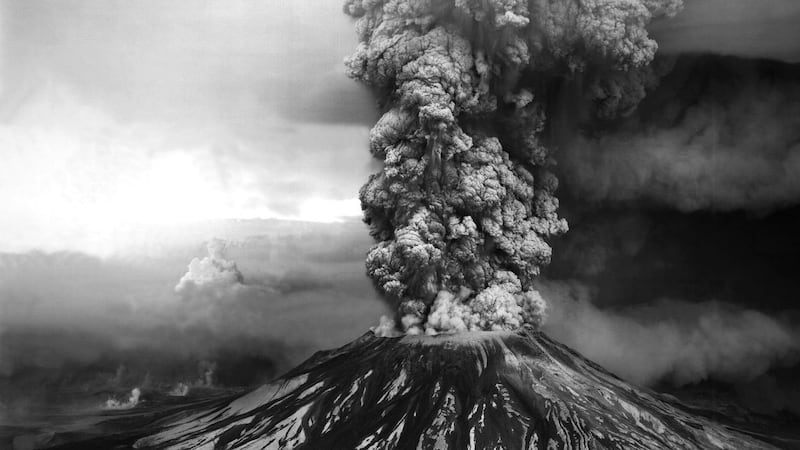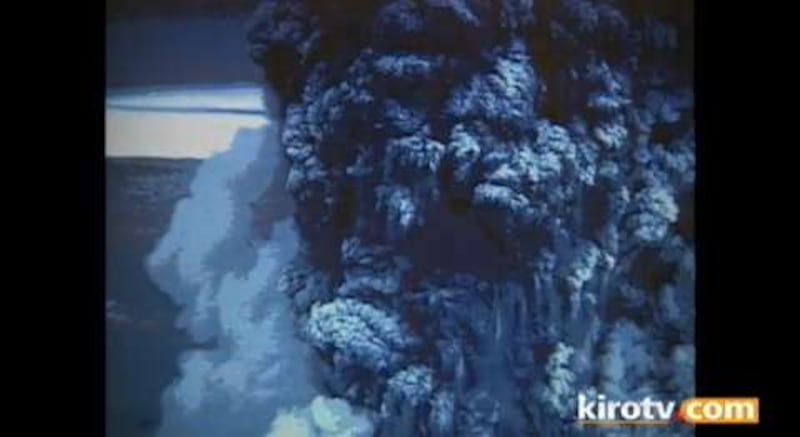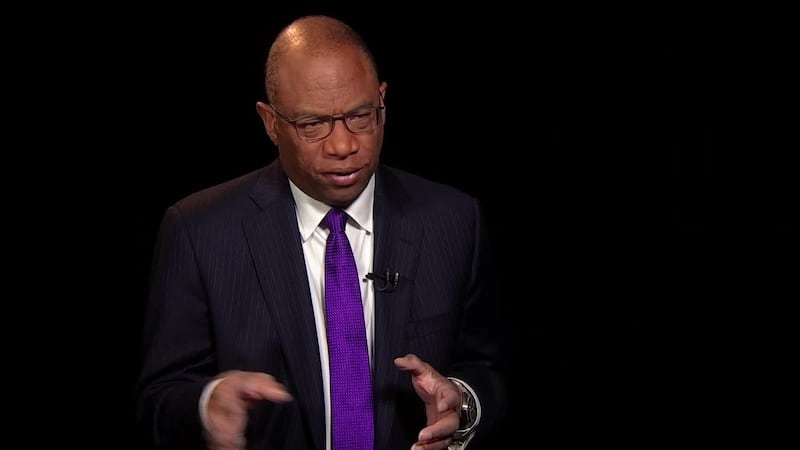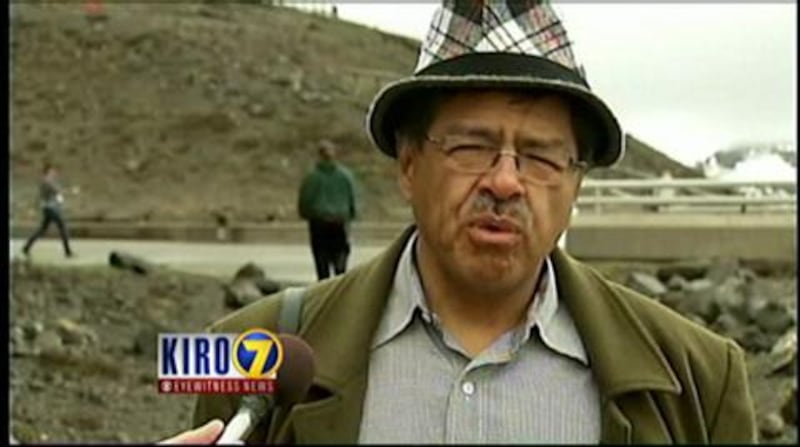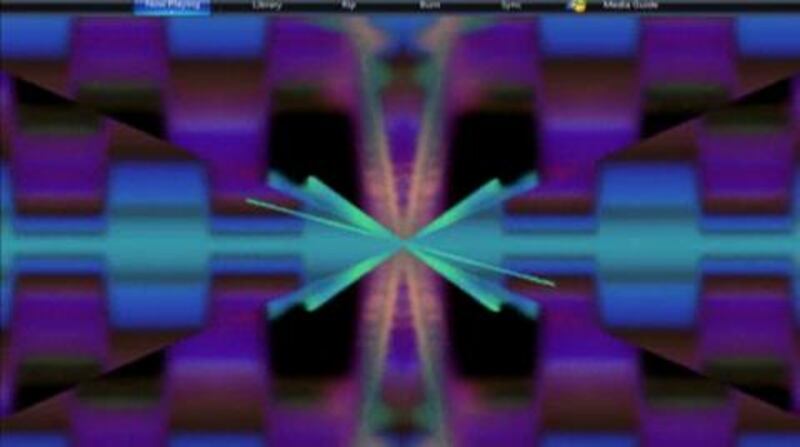Saturday marks 44 years since the disastrous eruption of Mount St. Helens. It remains the deadliest volcanic eruption in U.S. history.
At 8:32 a.m. on May 18, 1980, an earthquake triggered the largest landslide in recorded history, setting off massive explosions blasting rocks, ash, volcanic gas and steam upward and outward.
>>PHOTOS: Mount St. Helens over the years
Those who wish to visit the site of the historic volcano with a trip to the Johnston Ridge Observatory in the heart of the blast zone will find that the route is closed.
State Route 504 near Clearwater will remain closed at milepost 43 after a major landslide destroyed the 85-foot Spirit Lake Outlet Bridge.
Twelve people and a dog were stranded and had to be evacuated by helicopter.
Though people won’t be able to visit the observatory, they can still go to the mountain on SR 504, just not past the closure point.
The U.S. Forest Service says the road is closed indefinitely.
Scroll down to continue reading
History
The earthquake and lateral blast that took out the north side of the mountain also took off the top 1,300 feet of the volcano.
An 80,000-foot plume of ash darkened skies even hundreds of miles from the volcano.
The eruption destroyed hundreds of homes and leveled 185 miles of highway.
Fifty-seven people were killed, including Steve Dill's father and stepmother, Robert and Ellen Dill.
“It's difficult when you lose someone to a natural disaster like that. People are absolutely stunned when they hear your parents were killed in a volcano,” said Steve Dill.
Winds blew 520 million tons of ash across the country.
44 years ago today, Mount St. Helens cataclysmically erupted. The event led to 57 deaths, including the death of David Johnston, a dedicated @USGS scientist, and caused the worst volcanic disaster in the recorded history of the lower 48 states. pic.twitter.com/ho1olaj11d
— US Department of the Interior (@Interior) May 18, 2024
Francisco Valensuela was just west of Mount St. Helens when the mountain blew. He said he ran to his car.
“I thought in fact that we were going to suffocate for a while. It was an unimaginable kind of thing to witness. You could not understand it. You could not comprehend it,” Valensuela said.
Mudflow rushed down the Toutle River Valley, carrying trees and debris.
KIRO 7 employees described where they were when the eruption happened.
Former Anchor Steve Raible: “I was still playing for the Seahawks at that time, so I was on vacation my wife in Hawaii with friends. In fact, we were getting ready to go out and Jack Sikma and Wally Walker, who were Sonics at the time, happened to be over there vacationing as well – they stopped by. It was amazing. We saw some of the coverage on television in Hawaii, but we really didn’t get a sense for it until we got back to Seattle and then watched the coverage here on KIRO 7 and some of the other stations, and we even got some of the stations in Portland as well on satellite.”
Consumer reporter Jesse Jones: “I was mowing the lawn at my dad’s house in Lakewood, Washington. We go take a break. Walk in the house, turn on the TV. ‘Oh my gosh. It’s the volcano. It’s gone crazy.’ People – you know, death destruction, the whole nine (yards). I’m like, ‘Wow, this is bad dad, this is really horrible.’ And dad looked at me and said, ‘I think it’s time we get back to that lawn.”
Anchor Michelle Millman: “This was a Sunday so obviously, you know, we weren’t in school it was a Sunday morning. My dad was out of town on business in Oregon and he couldn’t get home because I-5 was shut down.”
The disaster gave scientists a way to develop monitoring tools, improving their ability to predict eruptions and save lives.
Scientists expect Mount St. Helens to probably erupt again this century.
In the last few decades, satellite technology has improved dramatically, helping scientists detect movements in the earth.
A team of researchers started an imaging experiment in 2019 to determine how magma gets to the surface.
A United States Geological Survey study shows Washington has four high-threat volcanoes.
The only state with more is Alaska, which has five.
Mount St. Helens has the second-highest overall threat level of any volcano studied.
Mount Rainier comes right behind it, then Glacier Peak and Mount Baker.
The study scored a volcano's threat factor based on factors such as the size of the volcano and population density around it.
Take a look at KIRO 7′s past coverage below.
© 2020 Cox Media Group
